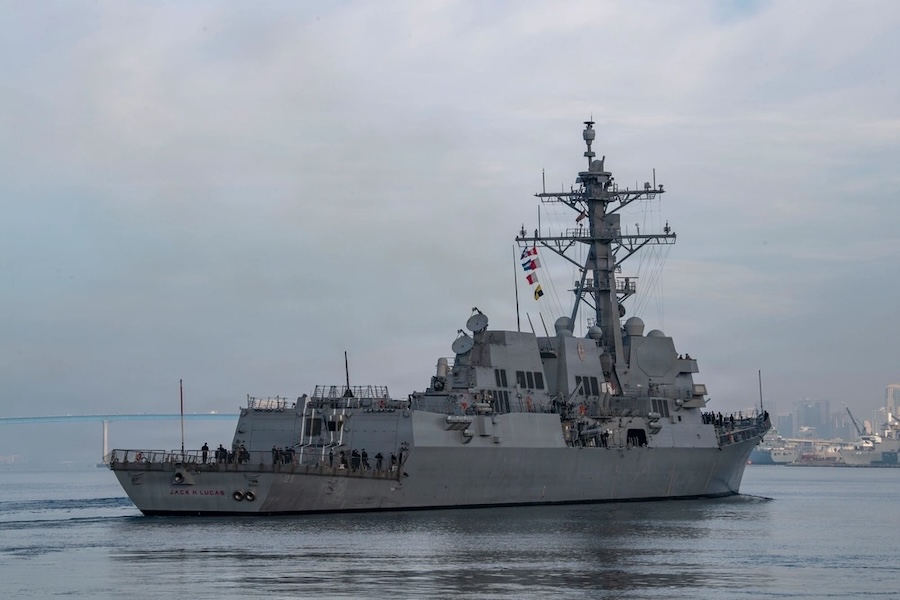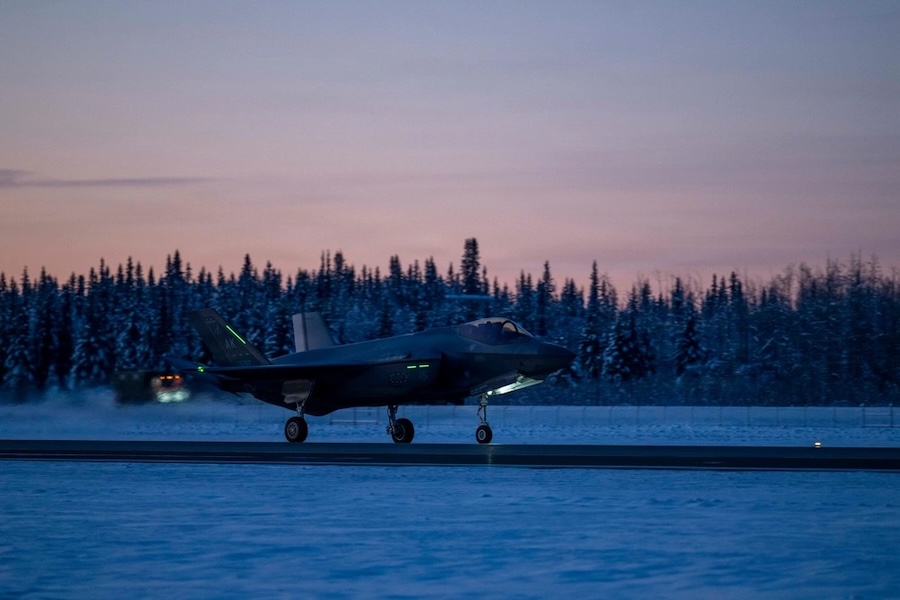The aircraft met all expectations during the flight, verifying its initial flying qualities and air data performance. It marks a key step in the programme to enable future commercial supersonic flight over land by addressing long-standing noise concerns.
“We are thrilled to achieve the first flight of the X-59,” said OJ Sanchez, vice president and general manager of Lockheed Martin Skunk Works. “This aircraft is a testament to the innovation and expertise of our joint team, and we are proud to be at the forefront of quiet supersonic technology development.”
The X-59 is built to fly at supersonic speeds while producing a soft sonic thump instead of a loud boom, helping to inform future regulations on acceptable noise levels. Current restrictions prevent commercial supersonic flight over land, but the data collected from the X-59 could change that.
“X-59 is a symbol of American ingenuity. The American spirit knows no bounds. It’s part of our DNA – the desire to go farther, faster, and even quieter than anyone has ever gone before. This work sustains America’s place as the leader in aviation and has the potential to change the way the public flies,” said Sean Duffy, acting NASA Administrator.
Lockheed Martin Skunk Works will continue to lead flight testing with NASA, gradually expanding the aircraft’s performance envelope. Future flights will include the X-59’s first supersonic runs to validate its low-boom signature and prepare for community response testing.
The project highlights Lockheed Martin’s ongoing role in advancing aerospace technology and its focus on developing practical innovations for the future of air travel.




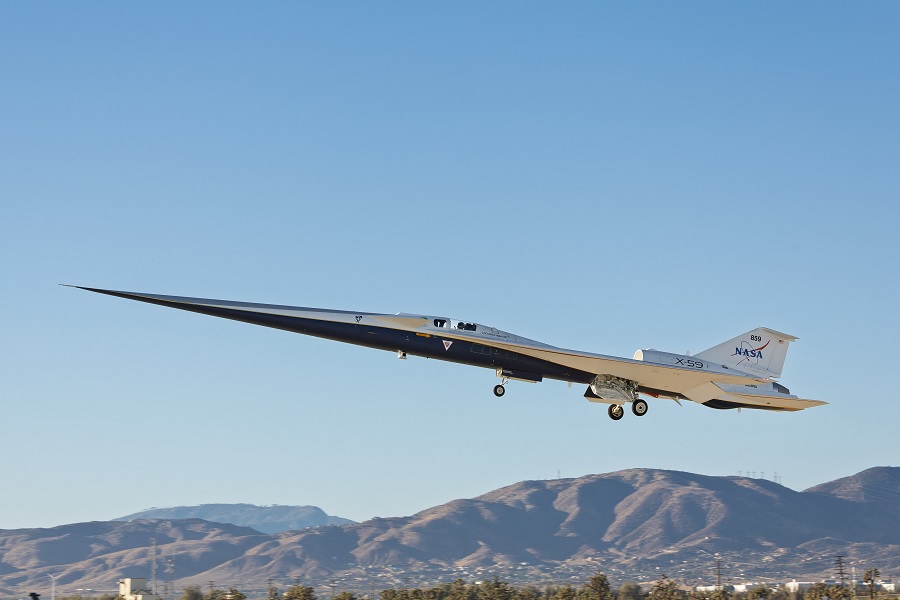







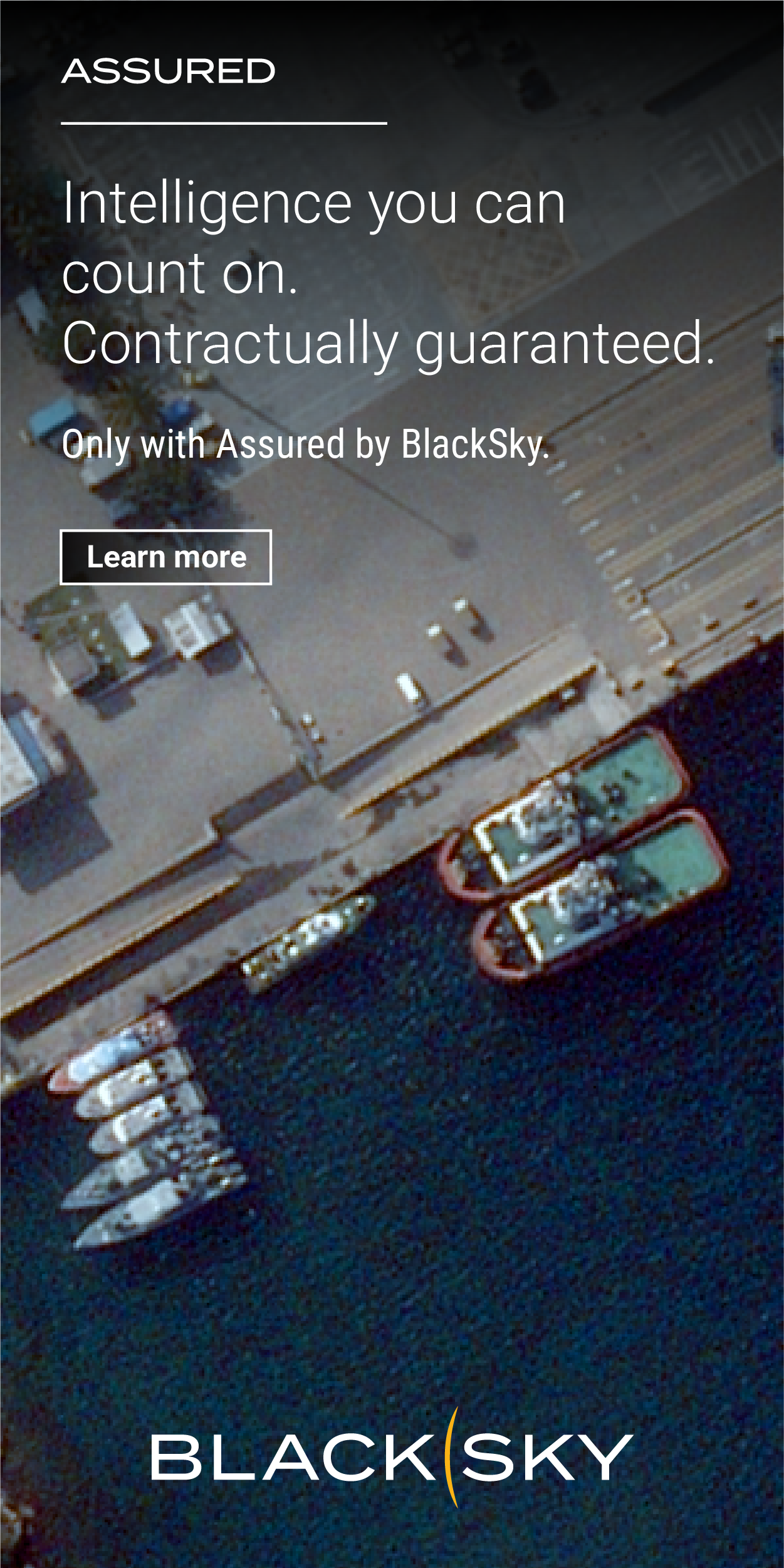

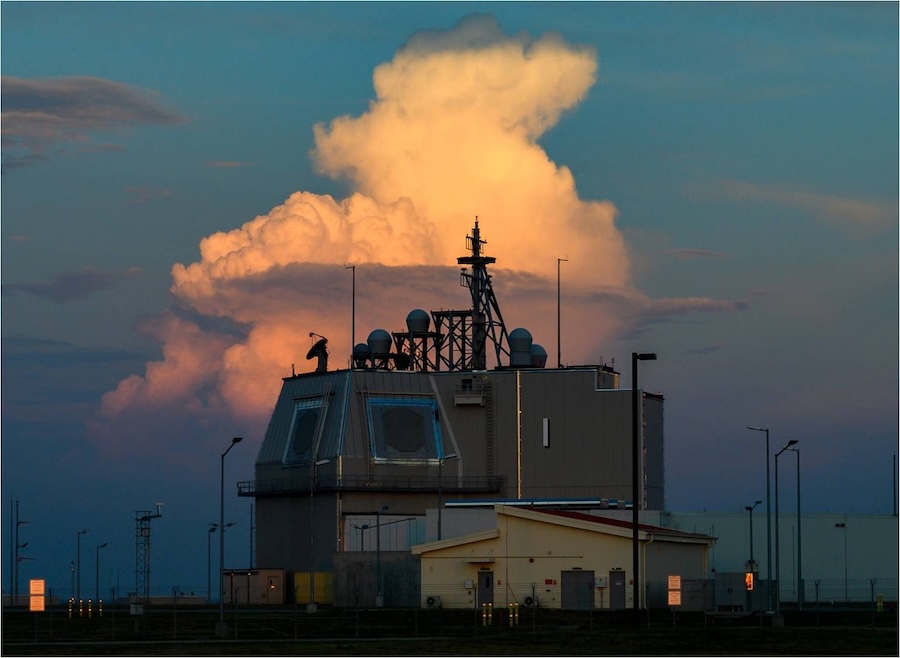
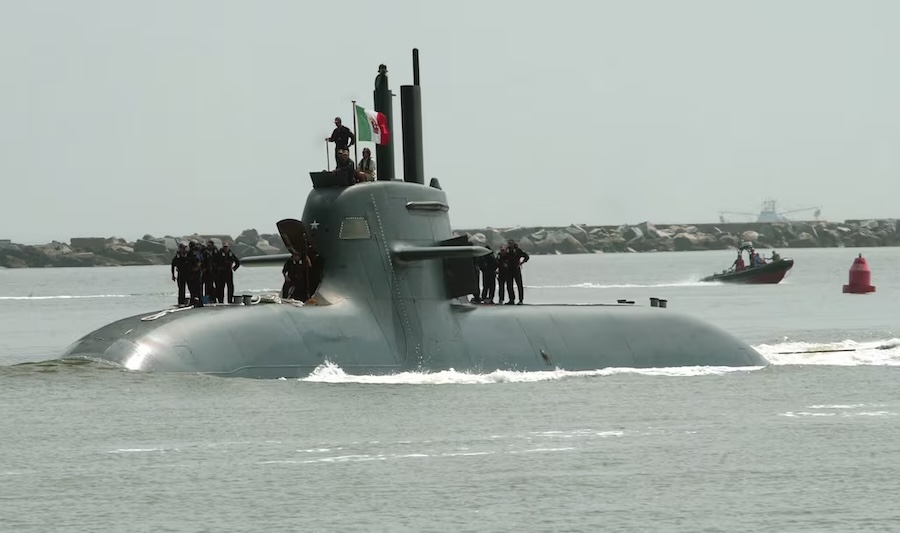

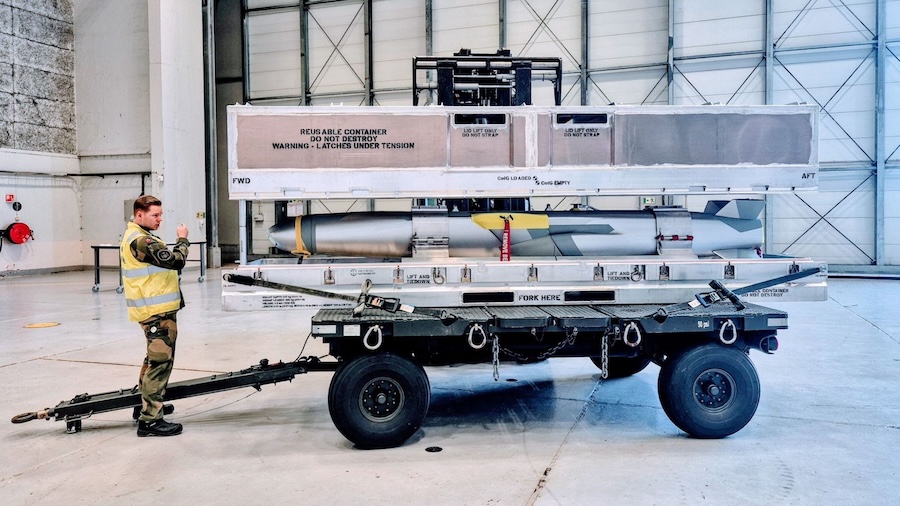
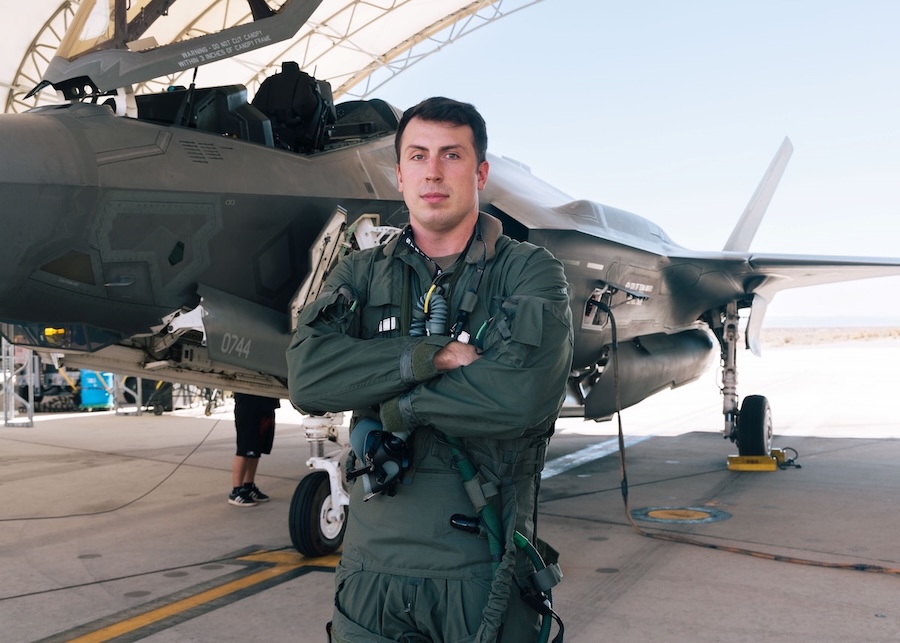

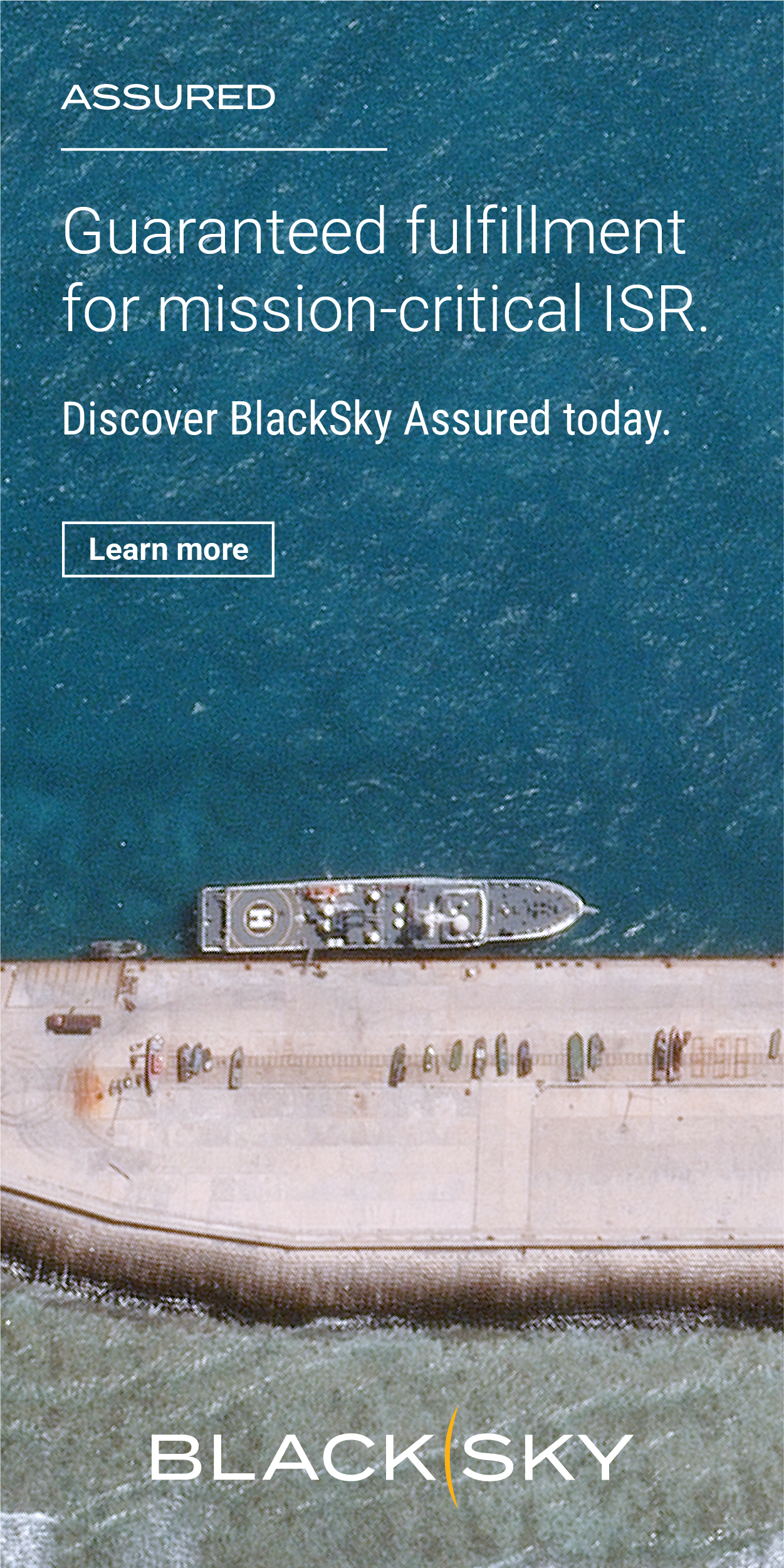
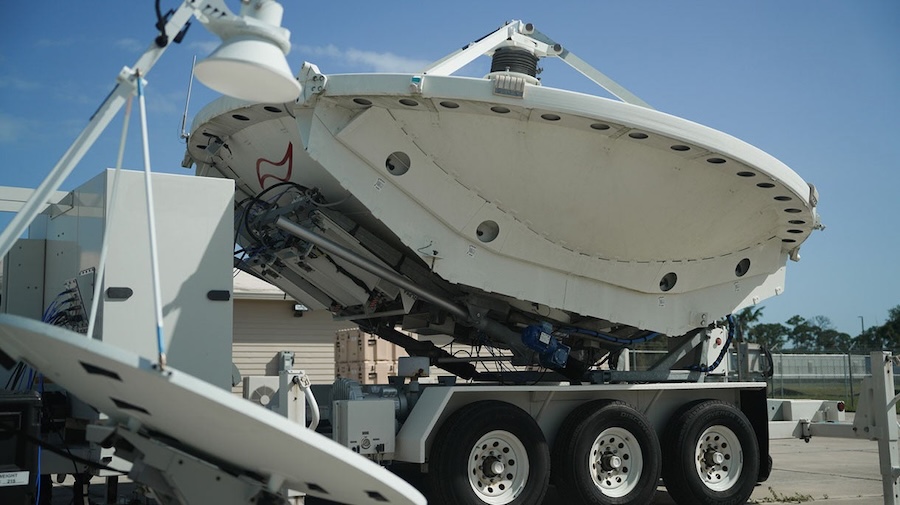
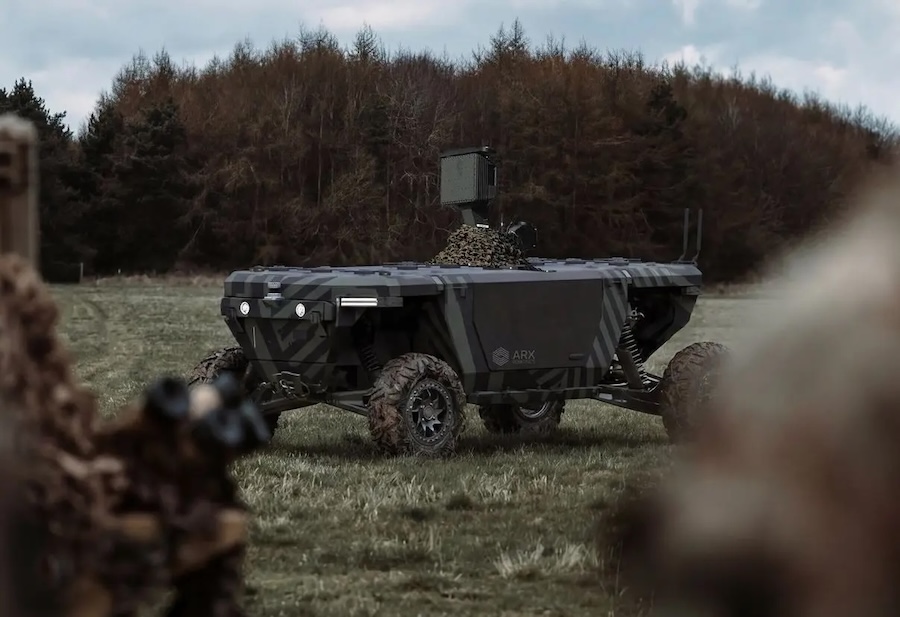
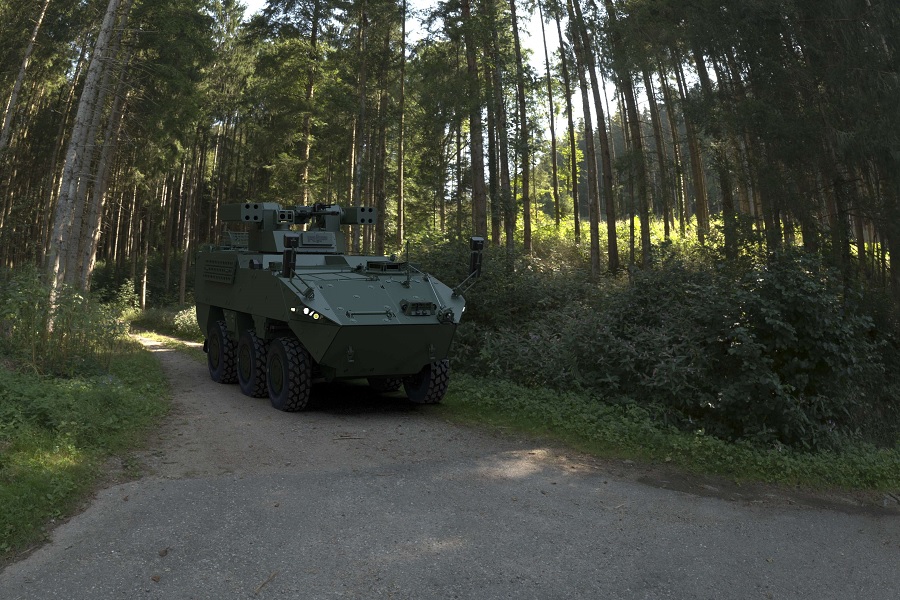
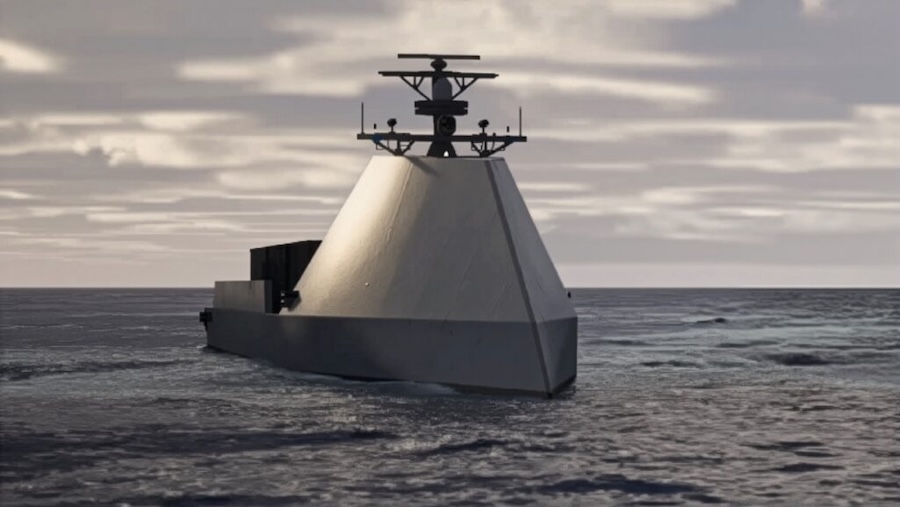
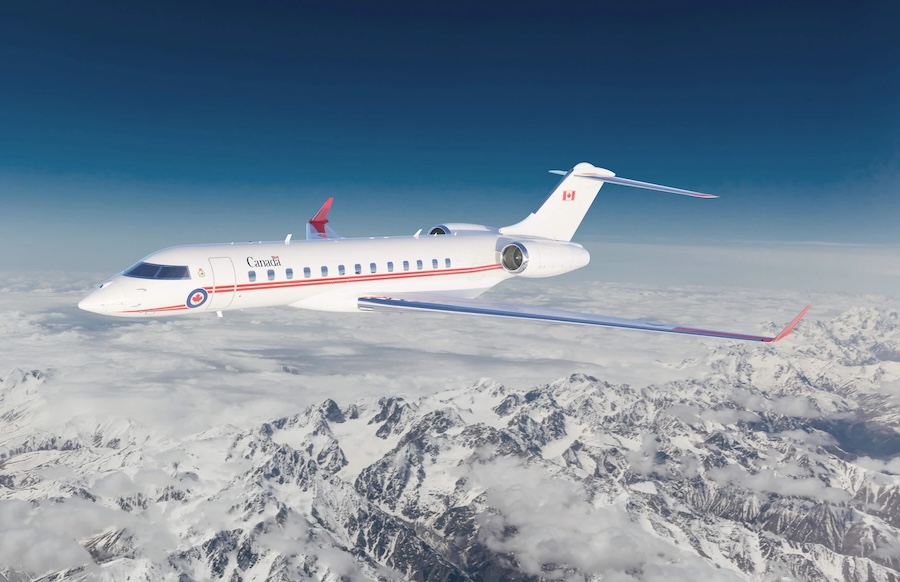
![Auterion conducts first multi-manufacturer hybrid drone swarm strike demonstration [VIDEO]](https://defence-industry.eu/wp-content/uploads/2025/09/Auterion-secures-130-million-to-scale-AI-defence-software-and-transform-drone-warfare.jpg)
